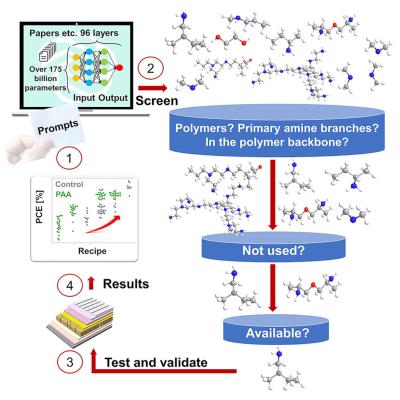Researchers develop efficient inverted perovskite solar cell using indium doped nickel oxide as HTL
Researchers from Colombia's Universidad de los Andes recently set out to develop inverted perovskite solar cells (IPSCs) with a hole transport layer based on indium-doped nickel oxide. The result is a champion device that achieved an efficiency of 20.06% with remarkable stability.
The team explained that NiOx has an energy gap of over 3.5 eV, exceptional chemical stability, durability, low toxicity, and cost-effective processing. The scientists said that in the case of NiOx-based inverted perovskite solar cells, the doping approach has indeed paved the way for HTL optimization, frequently through observable improvements also at the interface level and in the perovskite layer.




